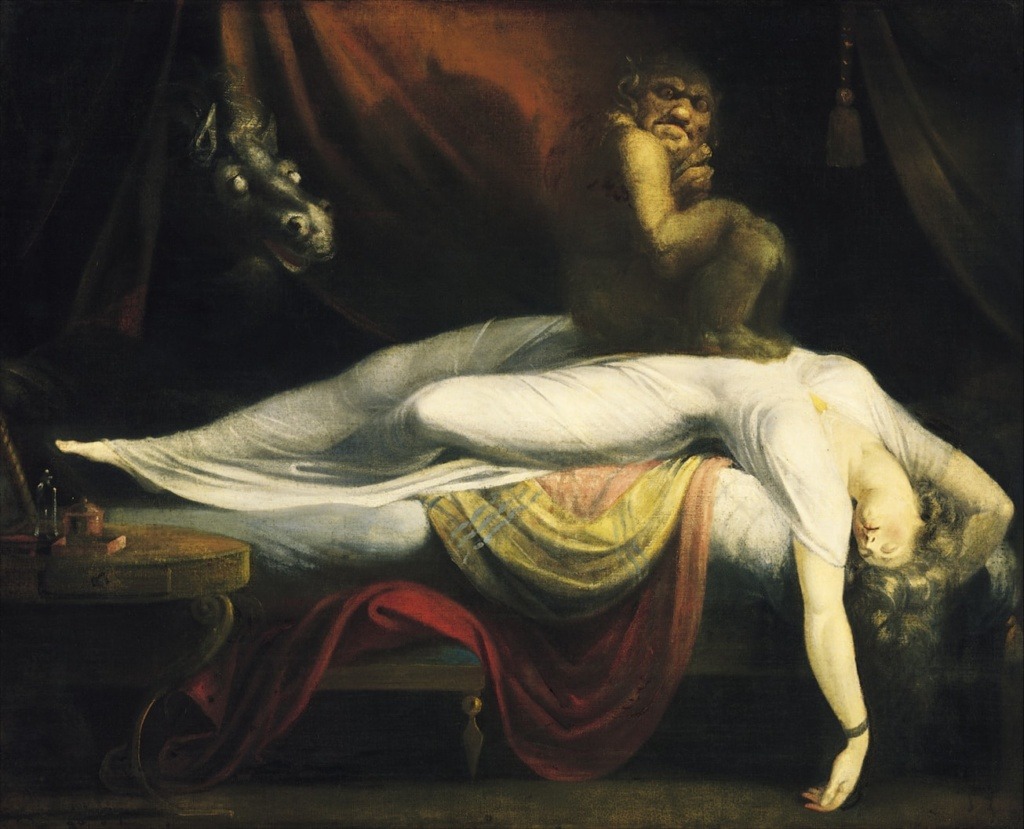For centuries, both in literature and in painting, there have been many depictions of sleep paralysis, starting with the stories of Ernest Hemingway and ending with the painting The Nightmare by Henry Fuseli, which became a kind of symbol of this phenomenon, even though it was created in 1781, long before the first scientific description of the phenomenon. The artist based the painting on ghost stories from English literature, and was also inspired by stories about sleep paralysis. The painting features an elongated and curved figure of a sleeping or unconscious woman. Fuseli wanted to show the heavy weight of the demon sitting on her chest as a symbol of nightmares and unconscious fears.
These examples, as well as the personal experience of sleep paralysis, inspired an art analysis by Talia Foster for Varsity, an independent newspaper for the University of Cambridge, established in 1947. The author has experienced frequent hallucinations linked to sleep paralysis. The most frightening thing about these incidents, she writes, is the fact of being in the comfort of a bedroom, and “not in some rundown motel far from civilization” or in a “horror-flick forest.”
For Foster, another vivid personification of sleep paralysis is the triptych Three studies for figures at the base of a crucifixion by the twentieth-century abstract artist Francis Bacon. The painting depicts grayish, hunched creatures propped up on chairs and stools. Like hallucinations from sleep paralysis, Bacon’s subjects veer toward the human, hovering on the uncanny boundary between the familiar and the foreign. In such objects of art, the author finds an opportunity to overcome her fears: to see the “hallucinations in a painting is to subjugate them, to trap their unpredictable motions onto the nonthreatening surface of a still frame.”
Can you think of other works of art on the subject of phase states – such as sleep paralysis, lucid dreams, or out-of-body and near-death experiences?




